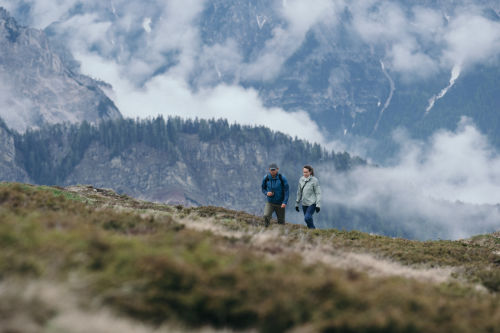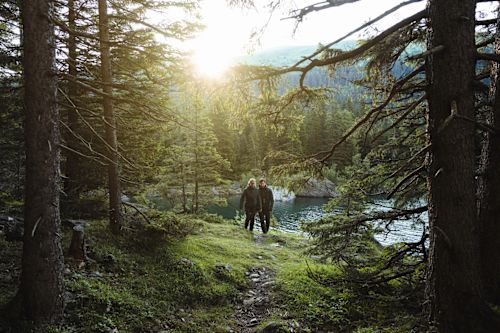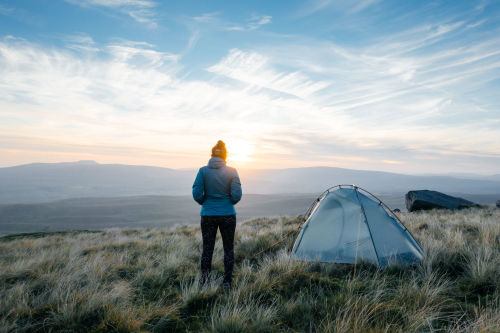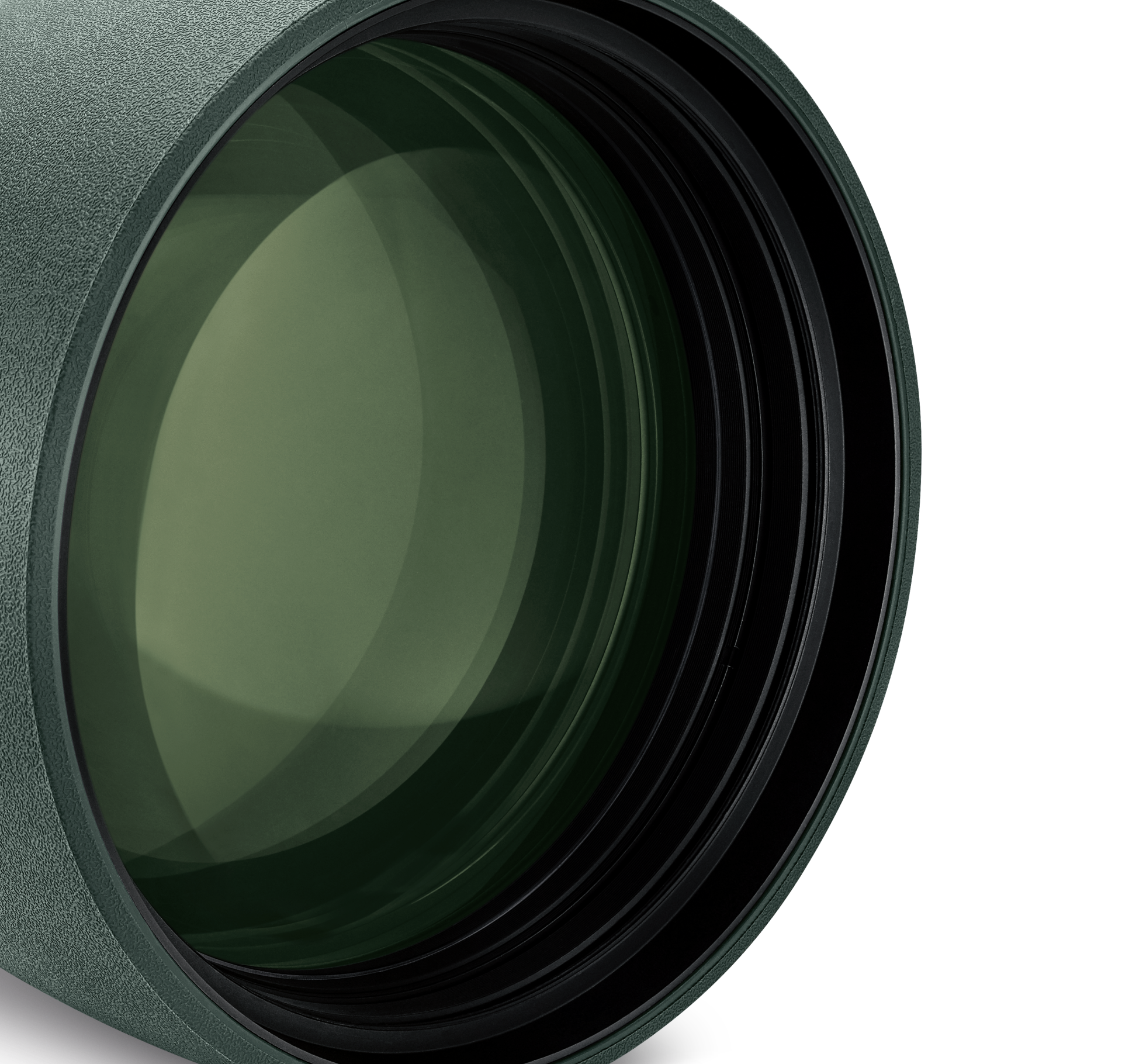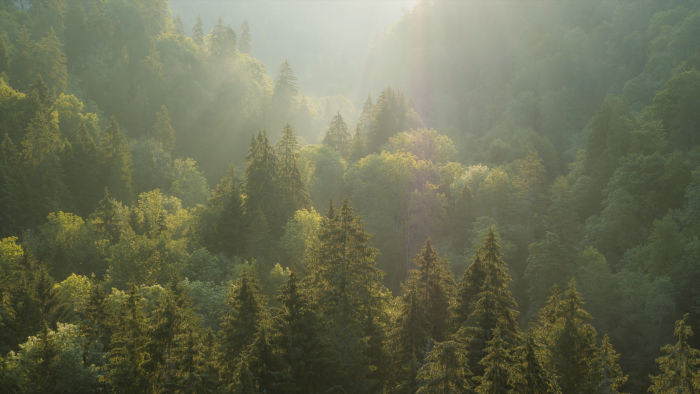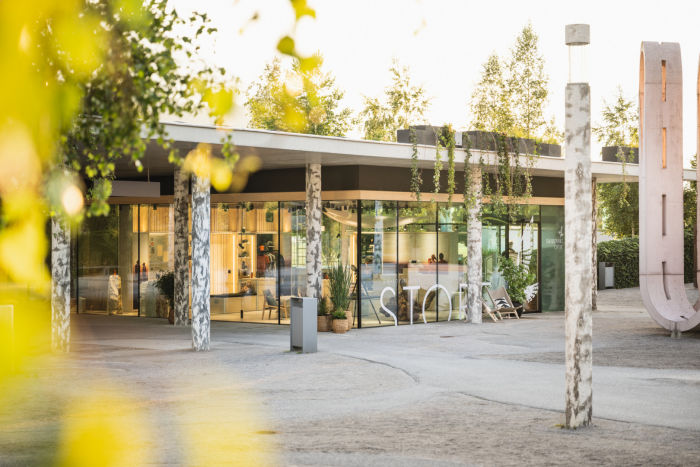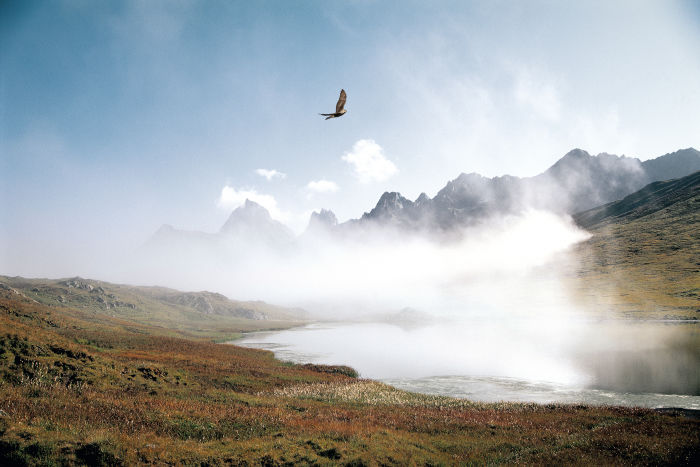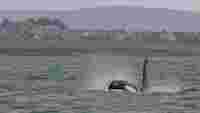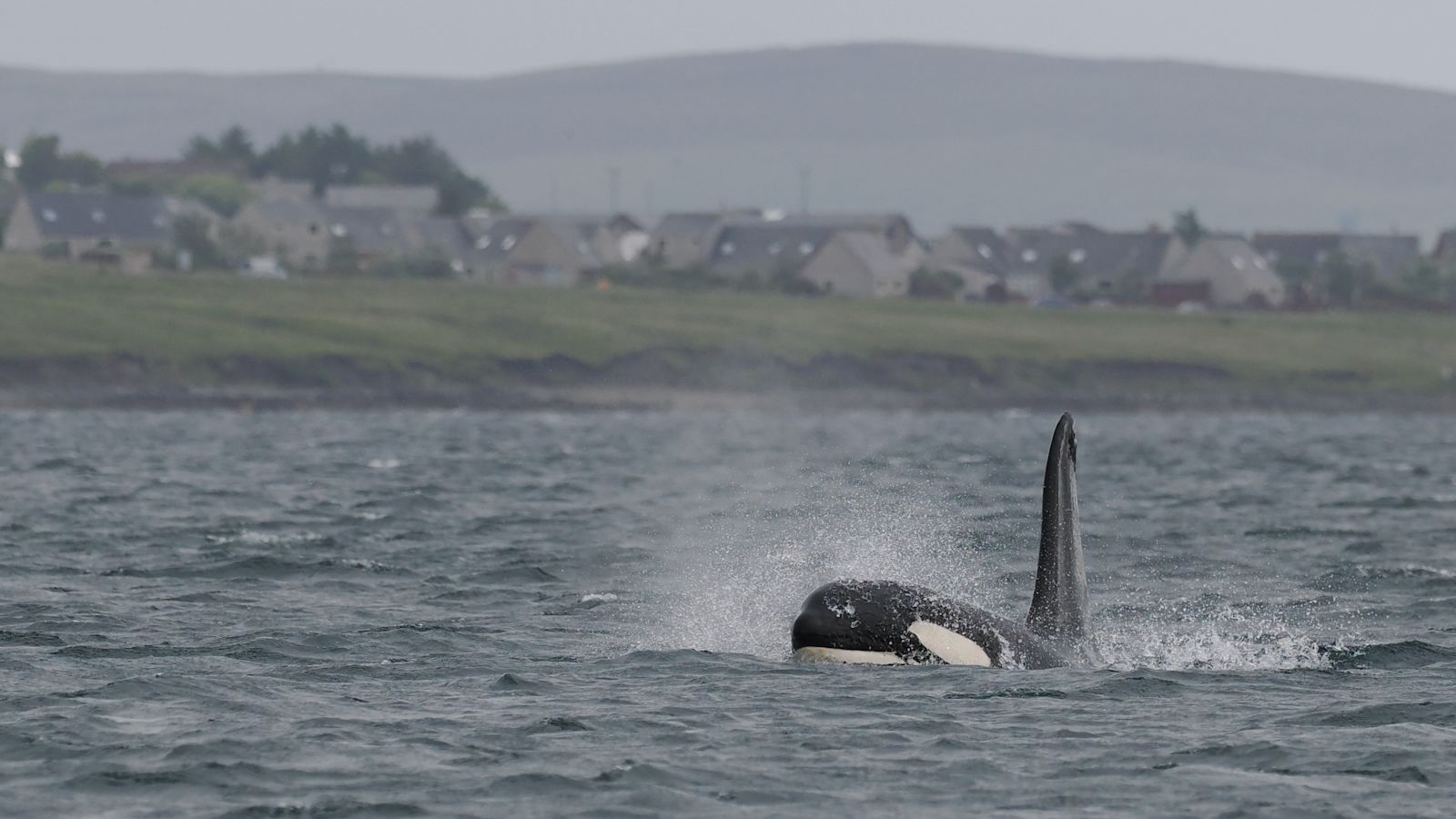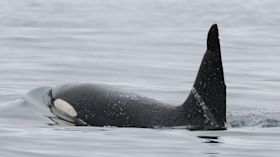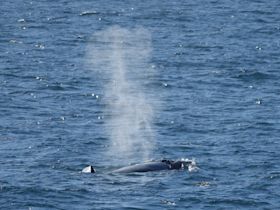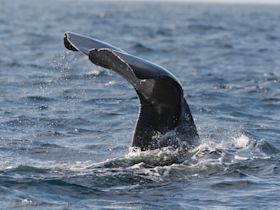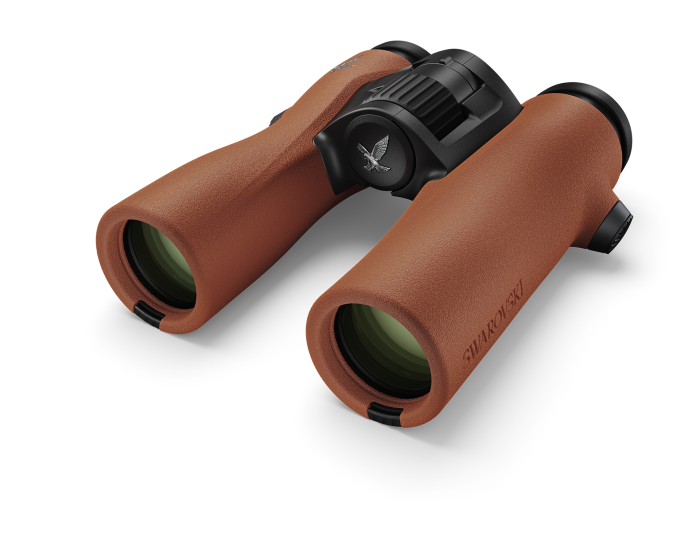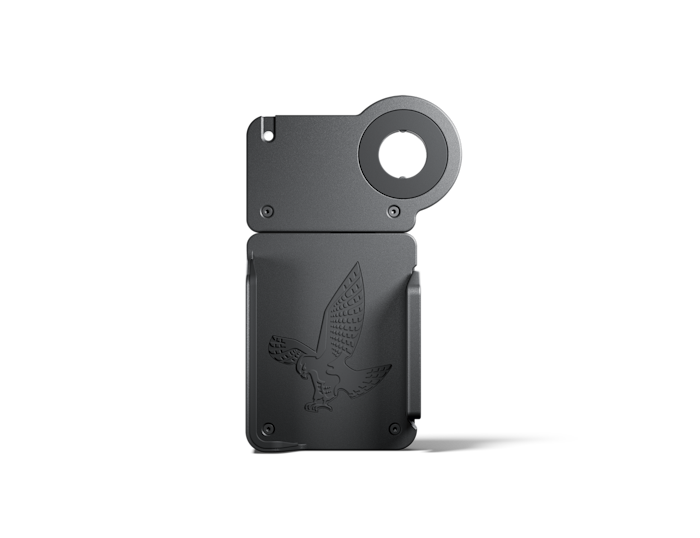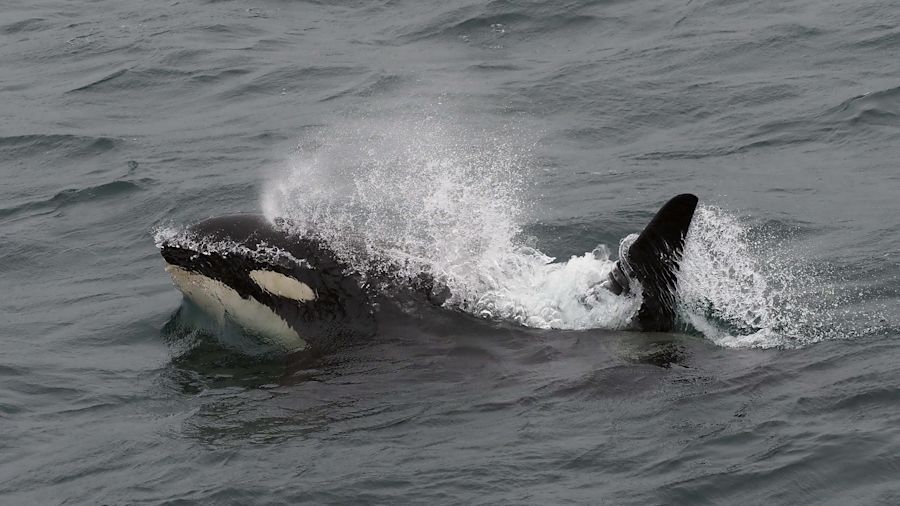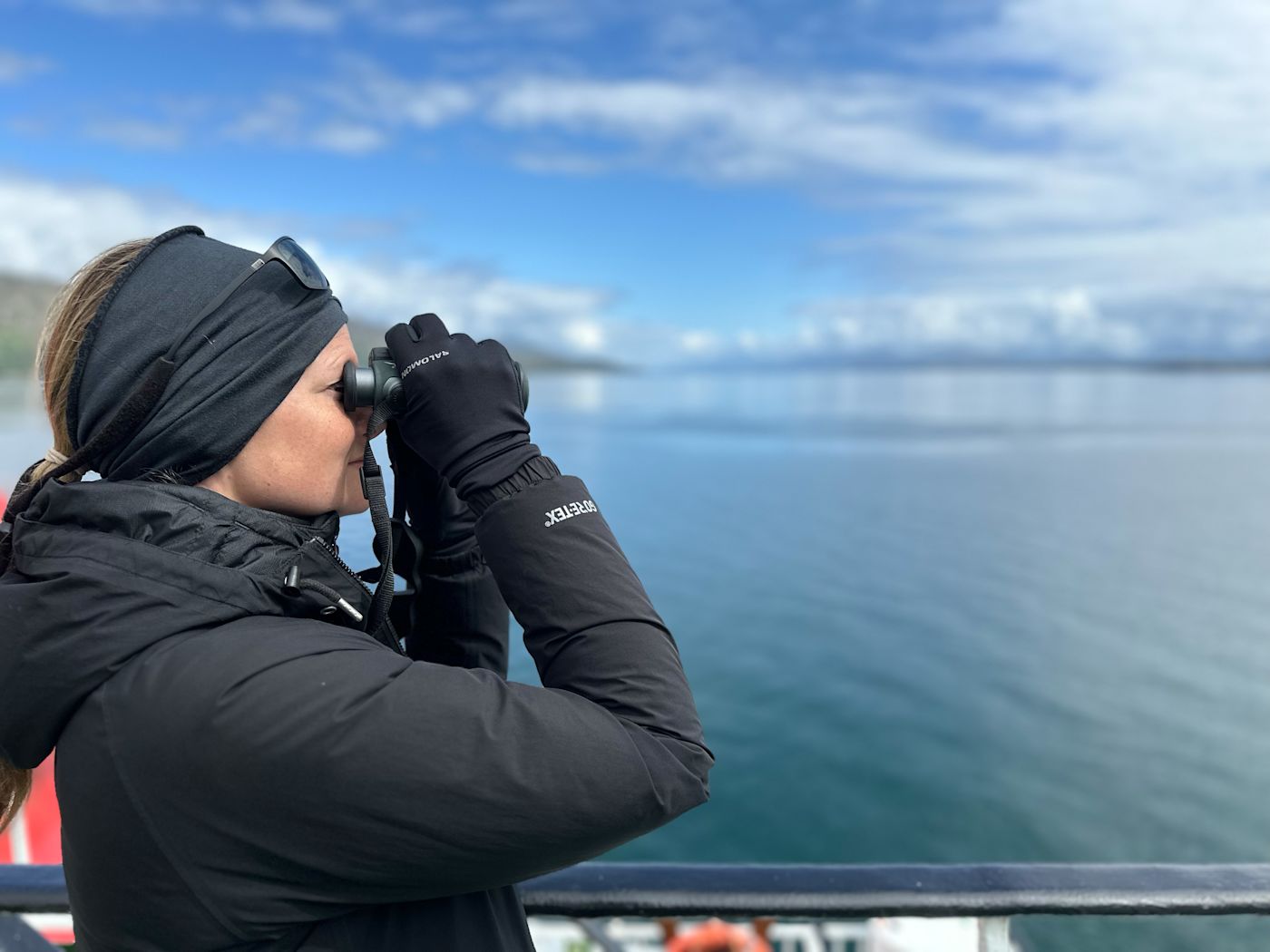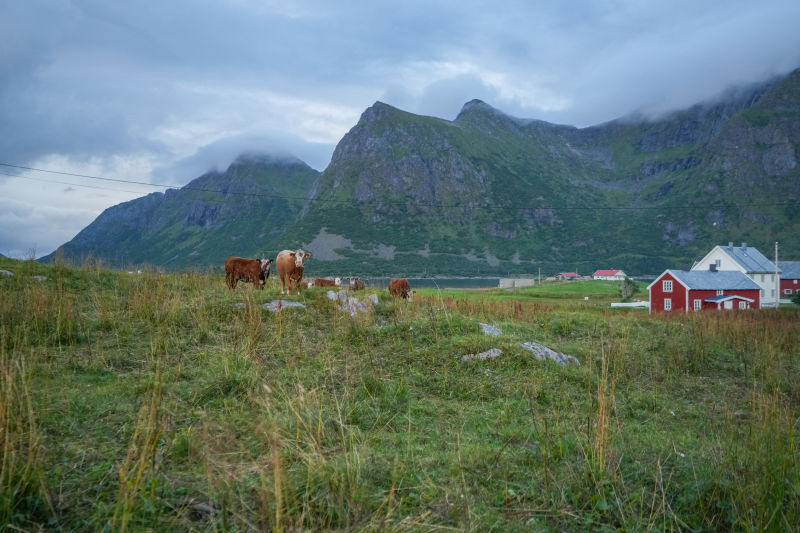Wild, Unpredictable, and Unforgettable Moments
Whale and dolphin watching from ferries can be immensely rewarding and offers some of the best value cetacean watching on the planet. Whilst it doesn’t necessarily get you as close to whales and dolphins as a targeted boat trip, many ferry routes will go through very rich waters for marine megafauna and can often be found in remote areas around the planet. Examples for this are: Inside Passage, British Columbia; Bay of Biscay, France/Spain, Raja Ampat, Indonesia; The Minch, Scotland.
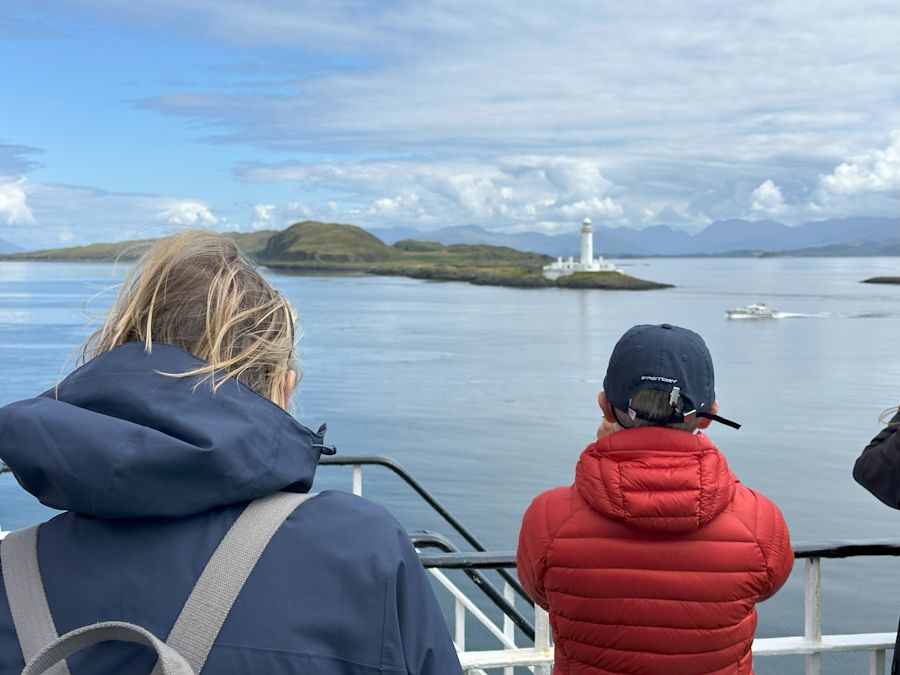

Chose a ferry route which uses suitable ships; this can should be a minimum of outdoor viewing potential and ideally a slower vessel (newer catamaran ferries often travel too fast).
Do your research and engage in citizen science. Many local cetacean organisations have developed recording apps. These may allow you to discover what has been seen both recently and historically as well as being a portal for recording your own observations.
Be prepared for any weather be that sun, wind, rain, heat, cold or all of the above and if possible, have flexibility to pick days with calm conditions. Glassy seas always produce more sightings.
Utilise any available shelter – there will almost always be a lee-side to the vessel which you can hunker down in if required. In tropical areas you might want to find somewhere out of the sun. Easier viewing means better concentration which equals more sightings.
Use a pair of binoculars with a wide field of view to maximise detections and combine with naked-eye scans. Digital photography is your friend. Not only can it capture memorable encounters it can also assist in sussing out tricky identifications.
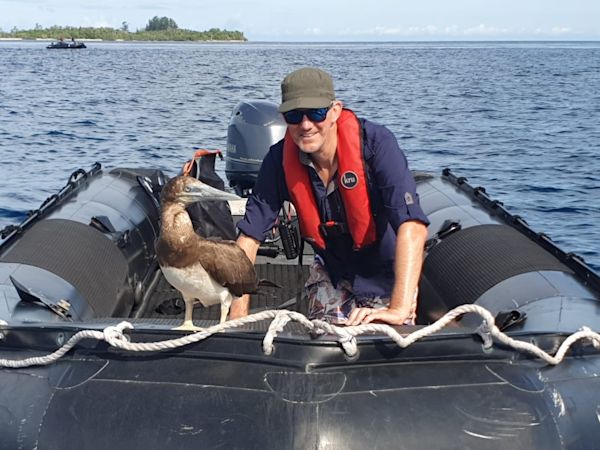
About
Dan Brown
Dan has been an avid naturalist and birder all his life having grown up in a botanic garden in North Wales. His passion turned into a profession having worked as an Ecologist, tour leader and lecturer around the world from the Antarctic to Arctic, Papua New Guinea to Madagascar. He has authored two books on birding and is a regular contributor to magazines. He is also scientific adviser to the BBC Natural history unit and other TV production companies and now with his wife Rachael runs Wild Discovery, an award-winning wildlife watching tour company. Together with his wife Rachael he runs Wild Discovery. They organize fully inclusive wildlife expeditions and short tours, all supporting conservation programs and sustainable initiatives and promoting green livelihoods.
Photos (c) Dan Brown
